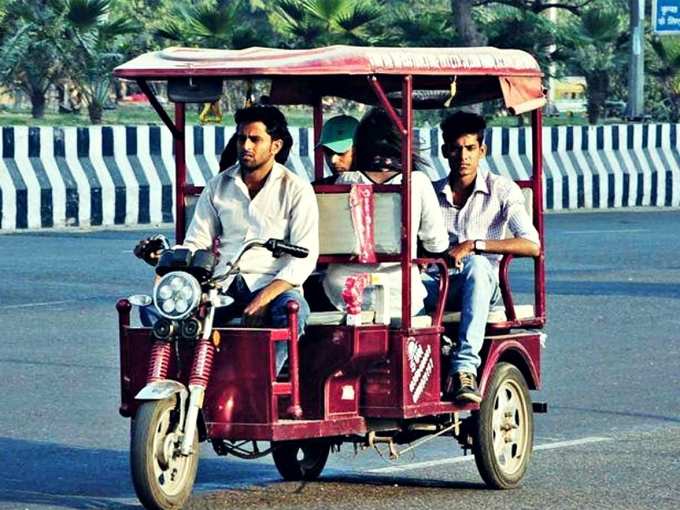 Ola today introduced
Ola today introduced The company plans to deploy around 5,100 e-rickshaws in total with approx 1,000 each across Delhi, Noida, Faridabad, Gurgaon and Ghaziabad. This will happen in partnership with Bhartiya Micro Credit (BMC).
When asked why the company started with the nation’s capital,
Ola maintains the model will be further scaled up in the coming months to more small towns and tier III cities across the country. Driver partners will pay Ola 10% commission for being on the platform.
The fact is over 60% of India’s population is residing in small towns across the country, and there are over 5 million cycle rickshaws across India. While the potential might seem huge, the big question is if Ola’s tariff of Rs. 25 for the first 2 kilometers will help tap into a market dominated primarily by unorganized hyper-local shared e-rickshaw services.
Enabling ride-sharing might reduce fares to 30-40% of the current costs. However, Ola COO Pranay Jivrajka says that might take a while, “Sharing is a little complicated. The idea is to firstly equip them (e-rickshaw drivers) with technological solutions. As we see confidence in driver partners, we’ll go as far as soon as possible.”
Simply put, ride-sharing for e-rickshaws will take a while.
Anand explains, “Sharing is also a question of scale. It has taken us considerable time, understanding and necessary scale to create a ride-sharing model for cabs. For e-rickshaws the use-case and user demographics are different.”
Will the ‘online taxi aggregator’ model work in a hyper-local market where money is king, and cheaper is better? That’s what we’ll have to wait and watch.
Image credit: Indiatimes